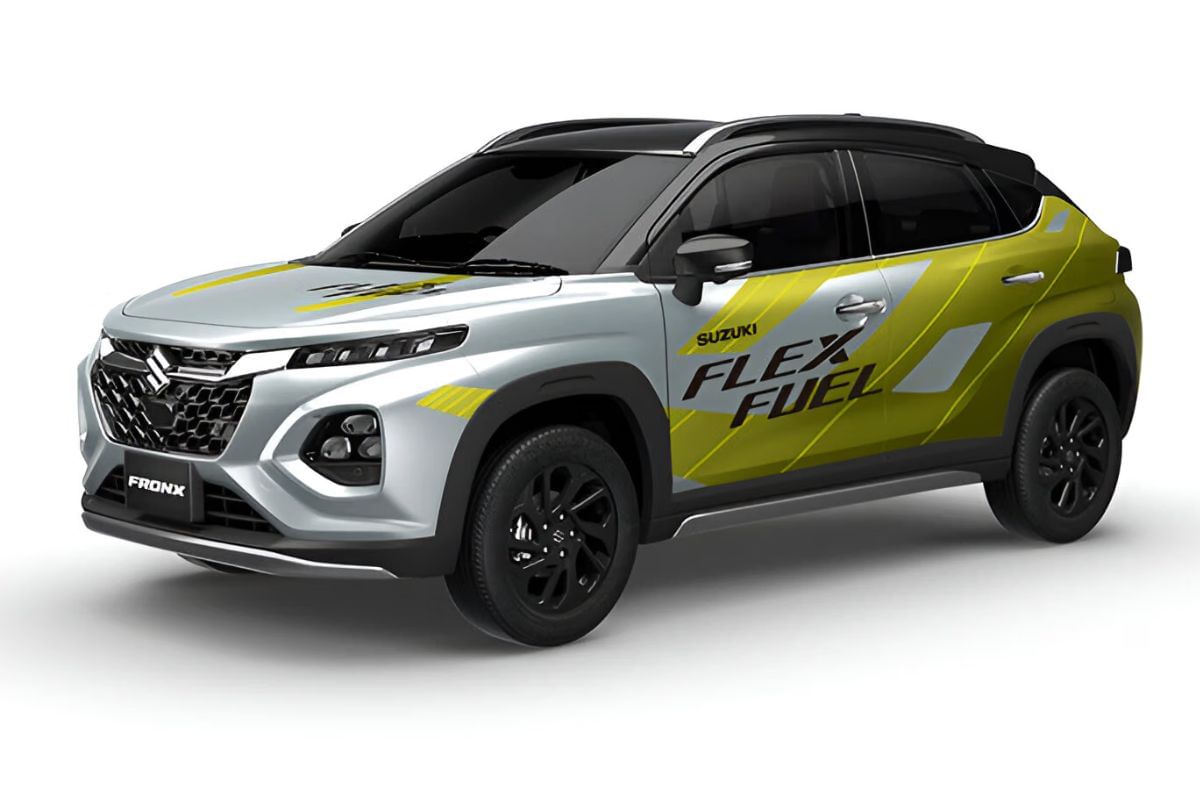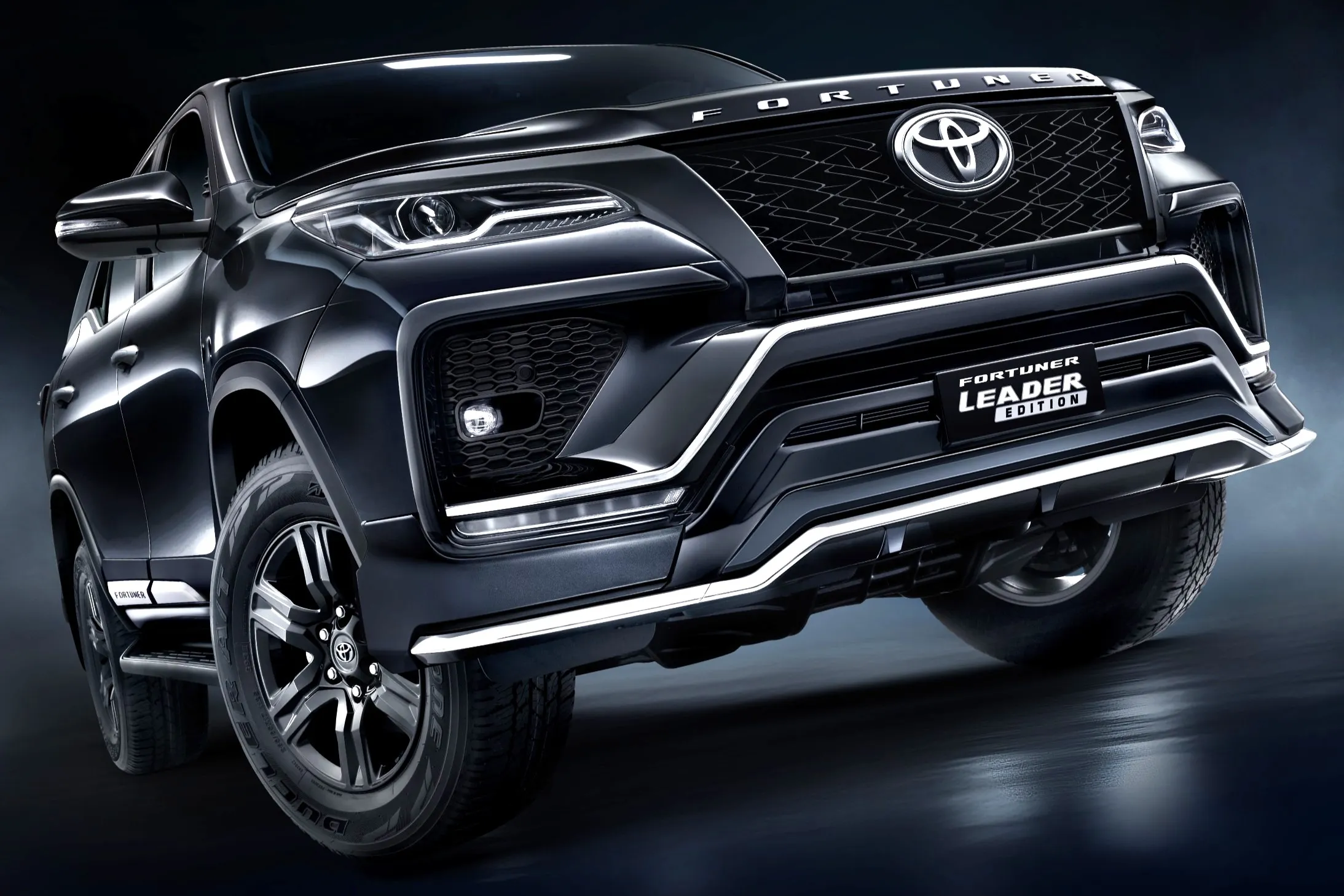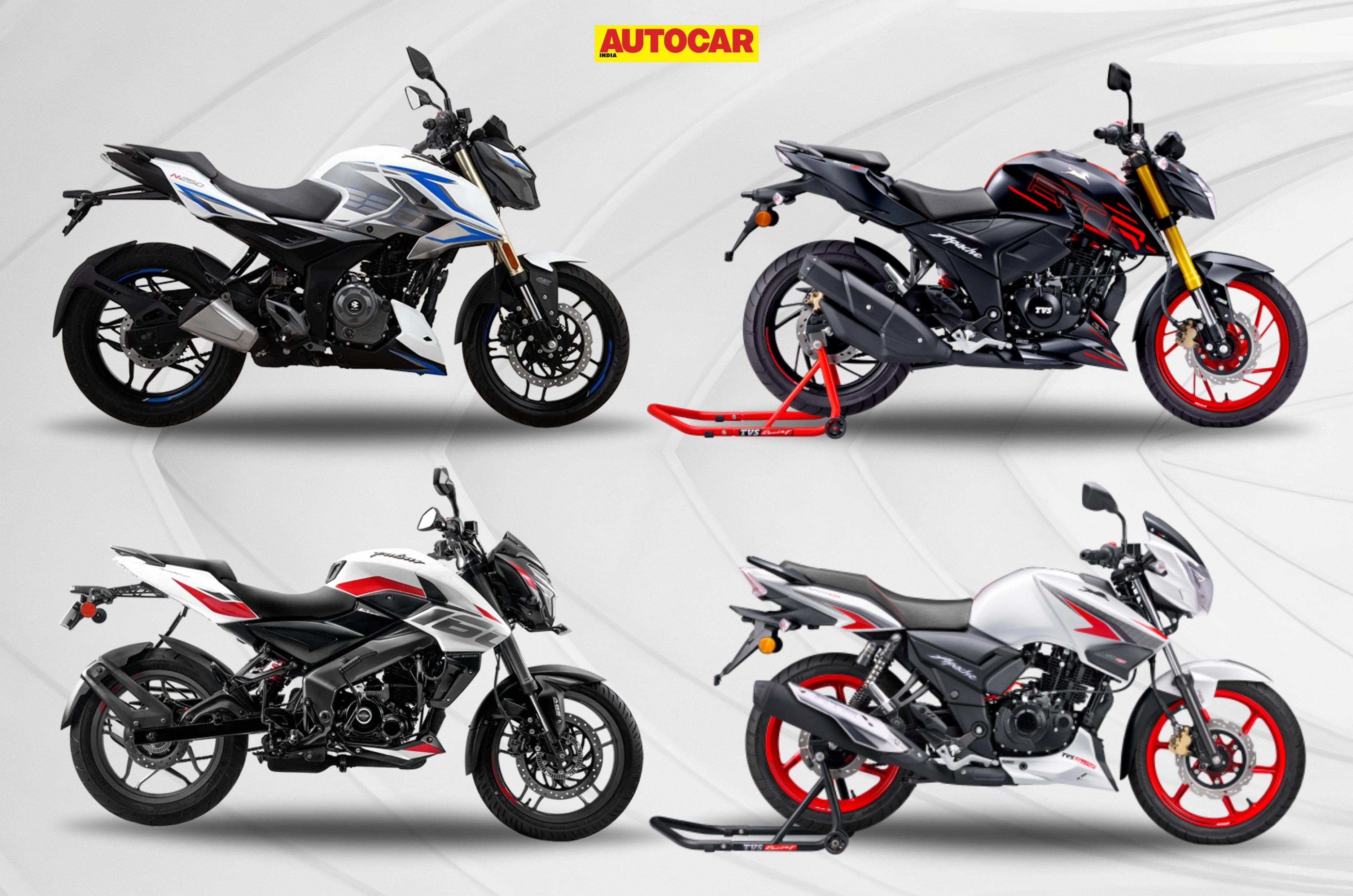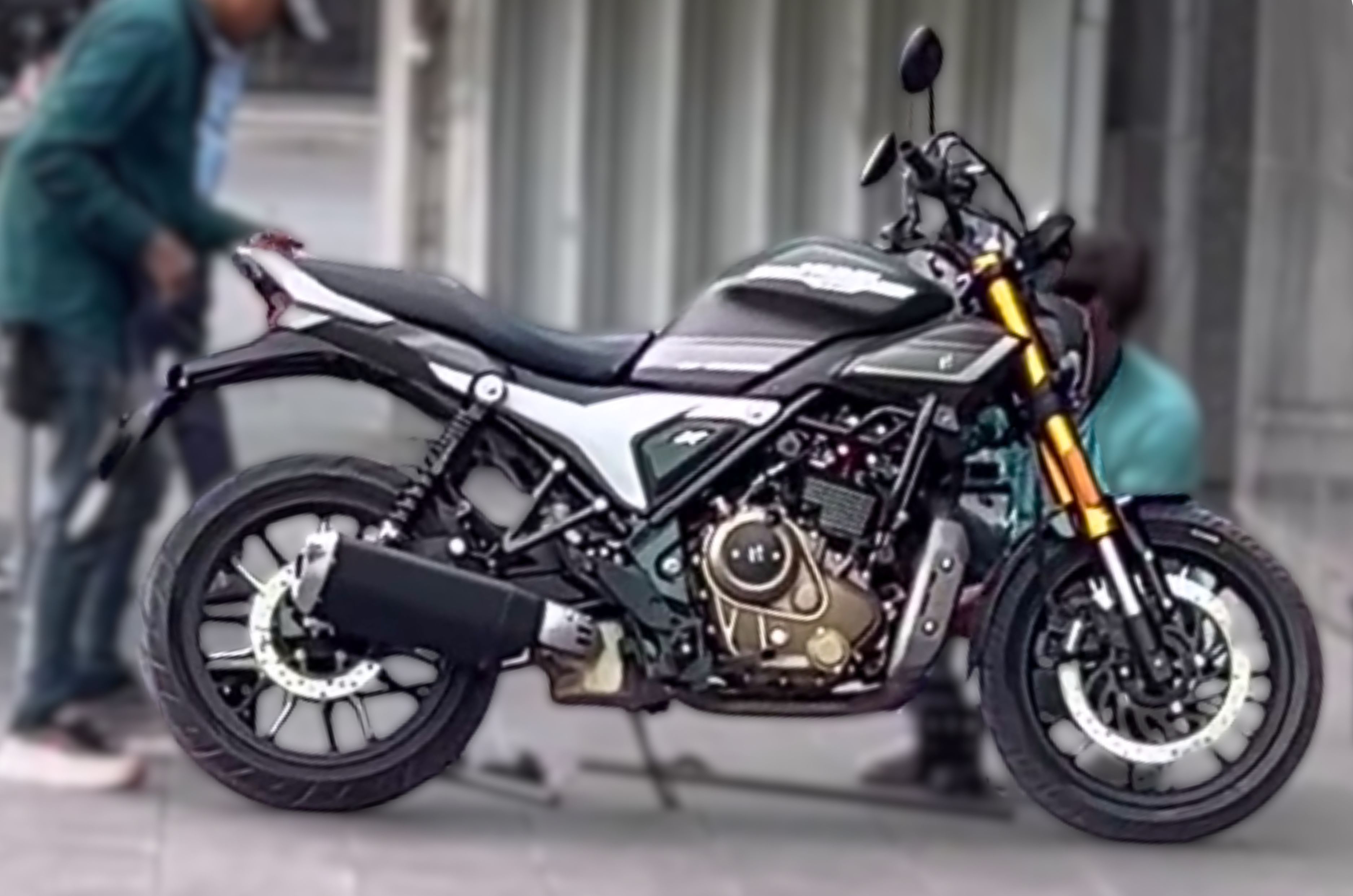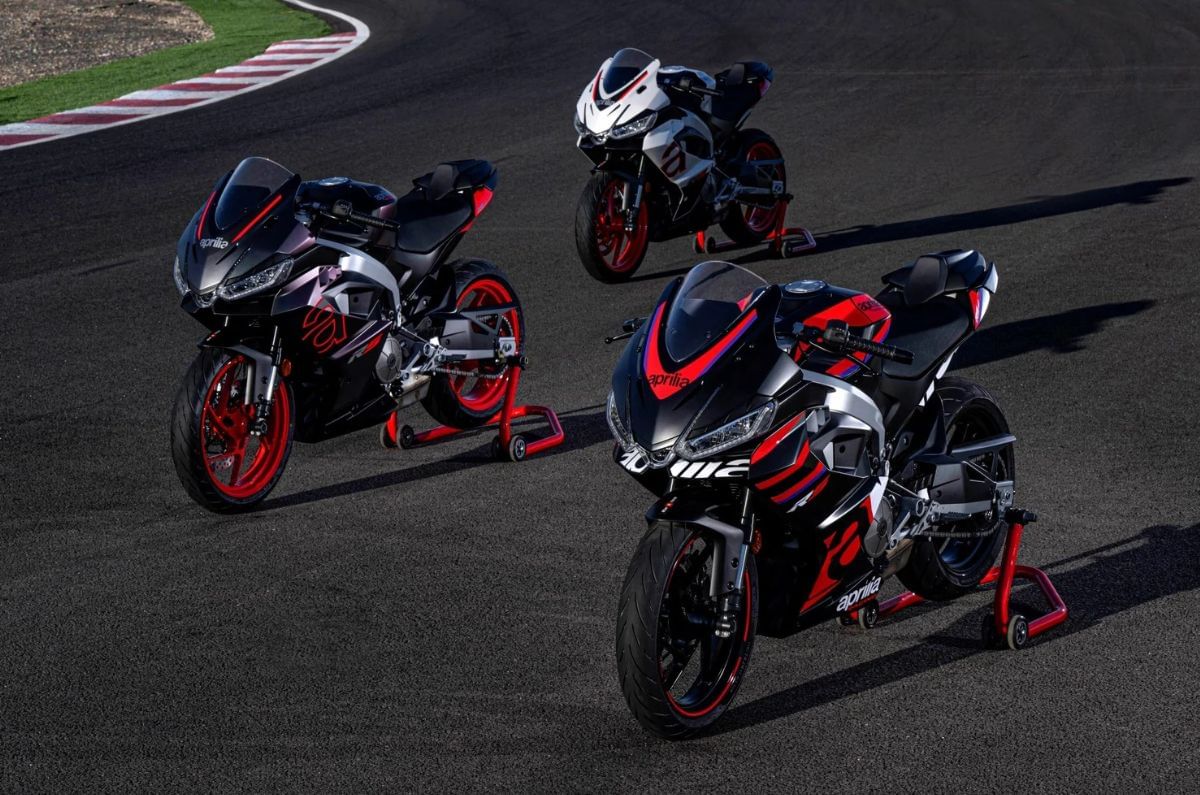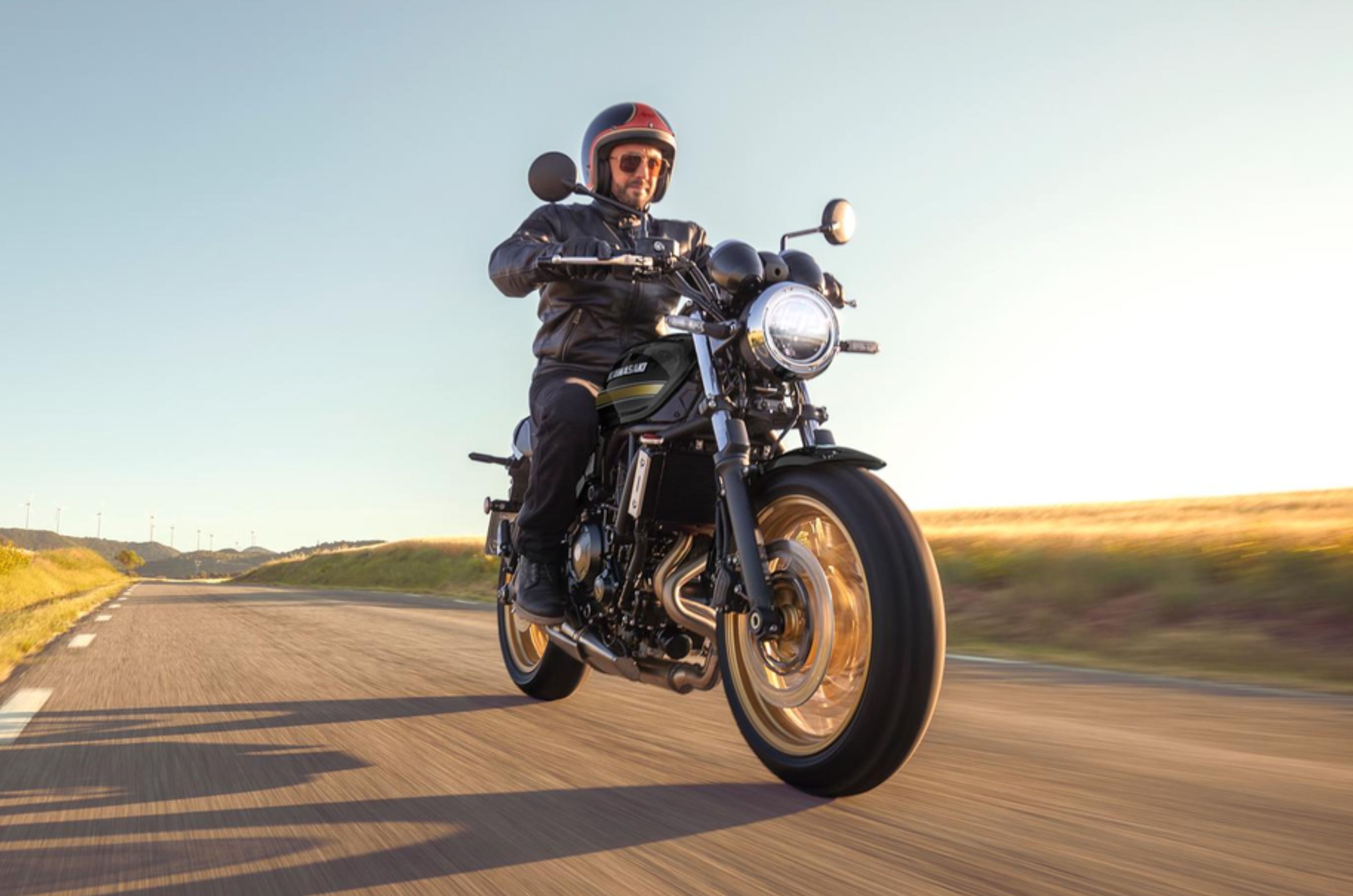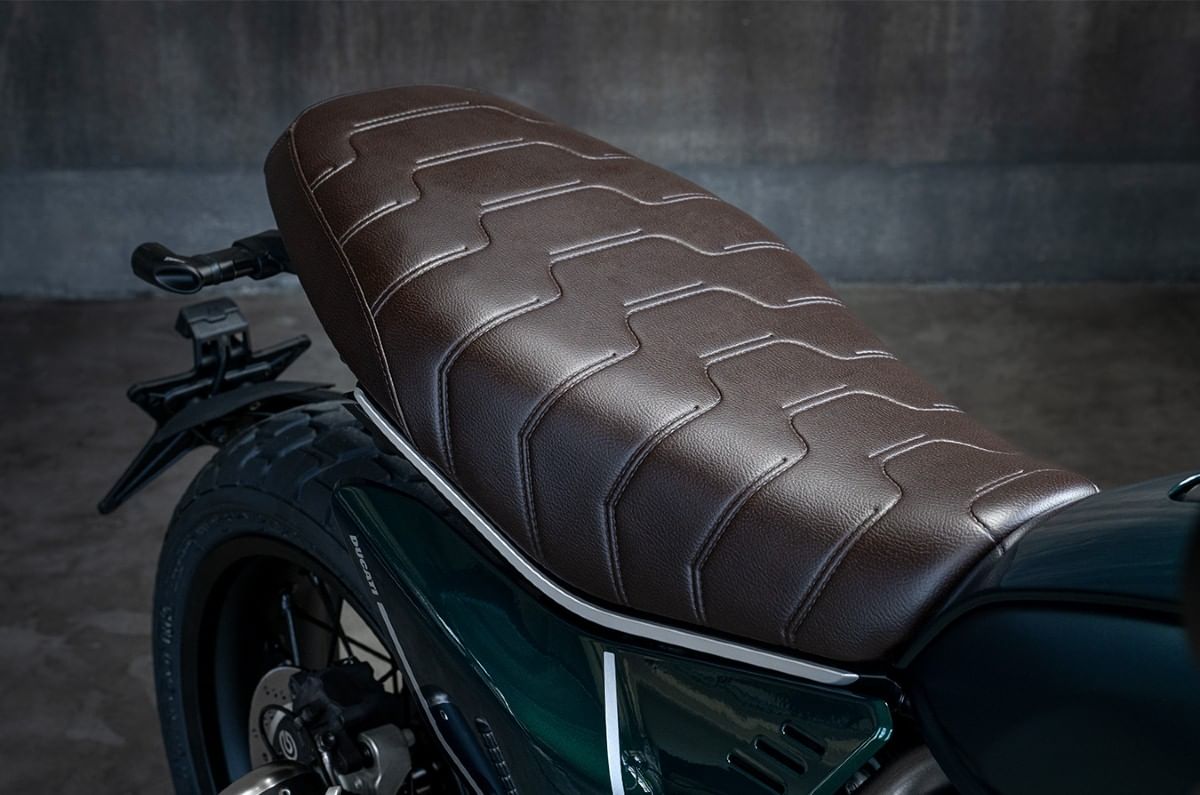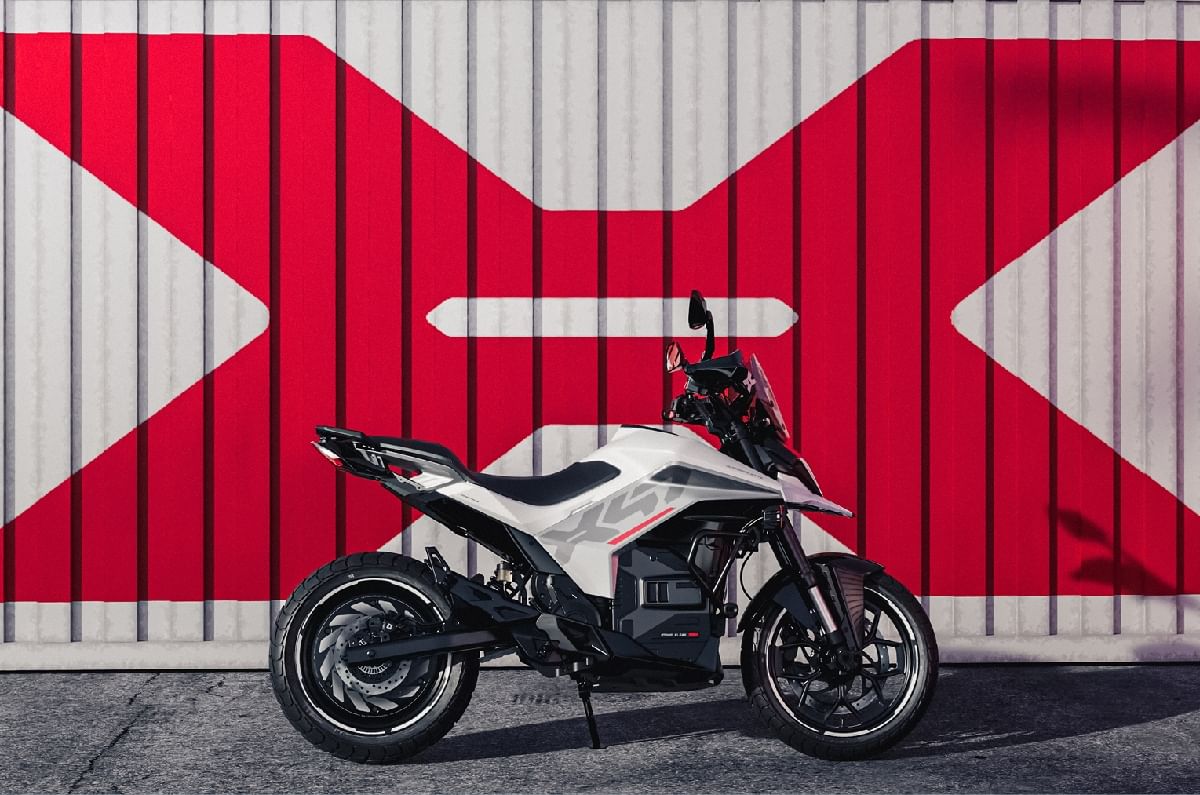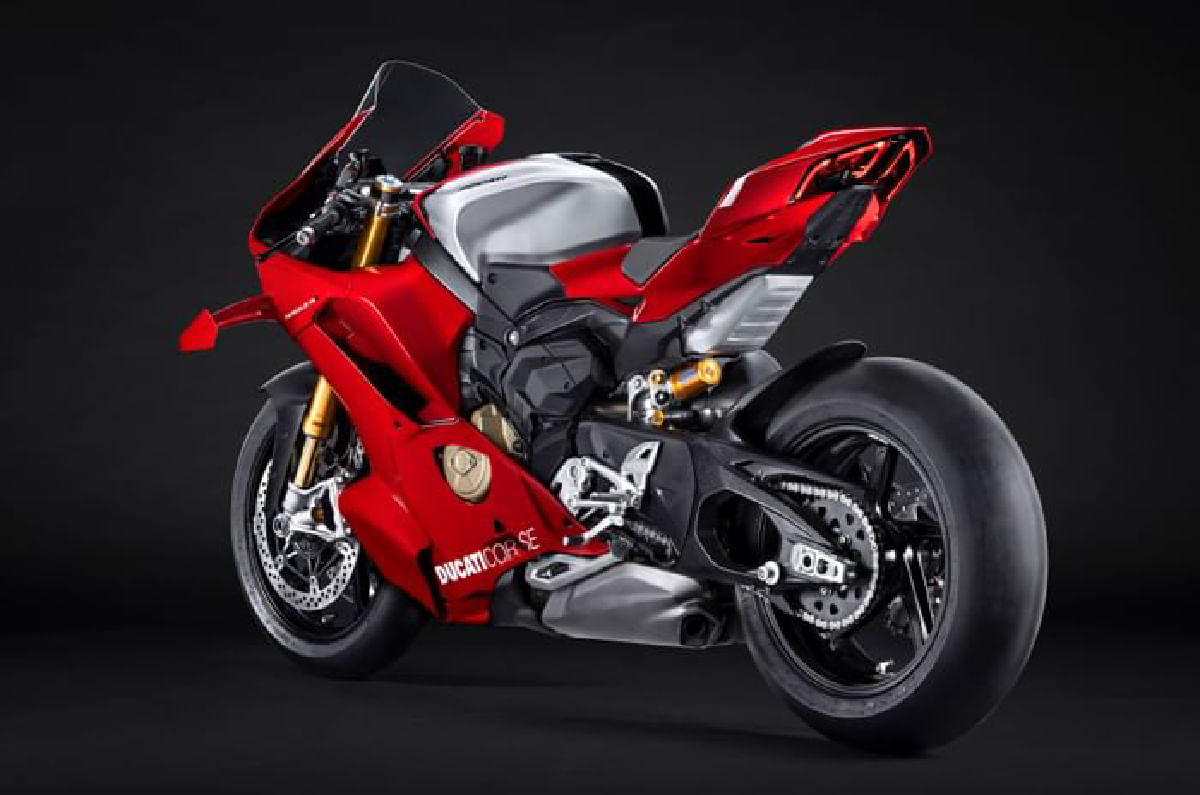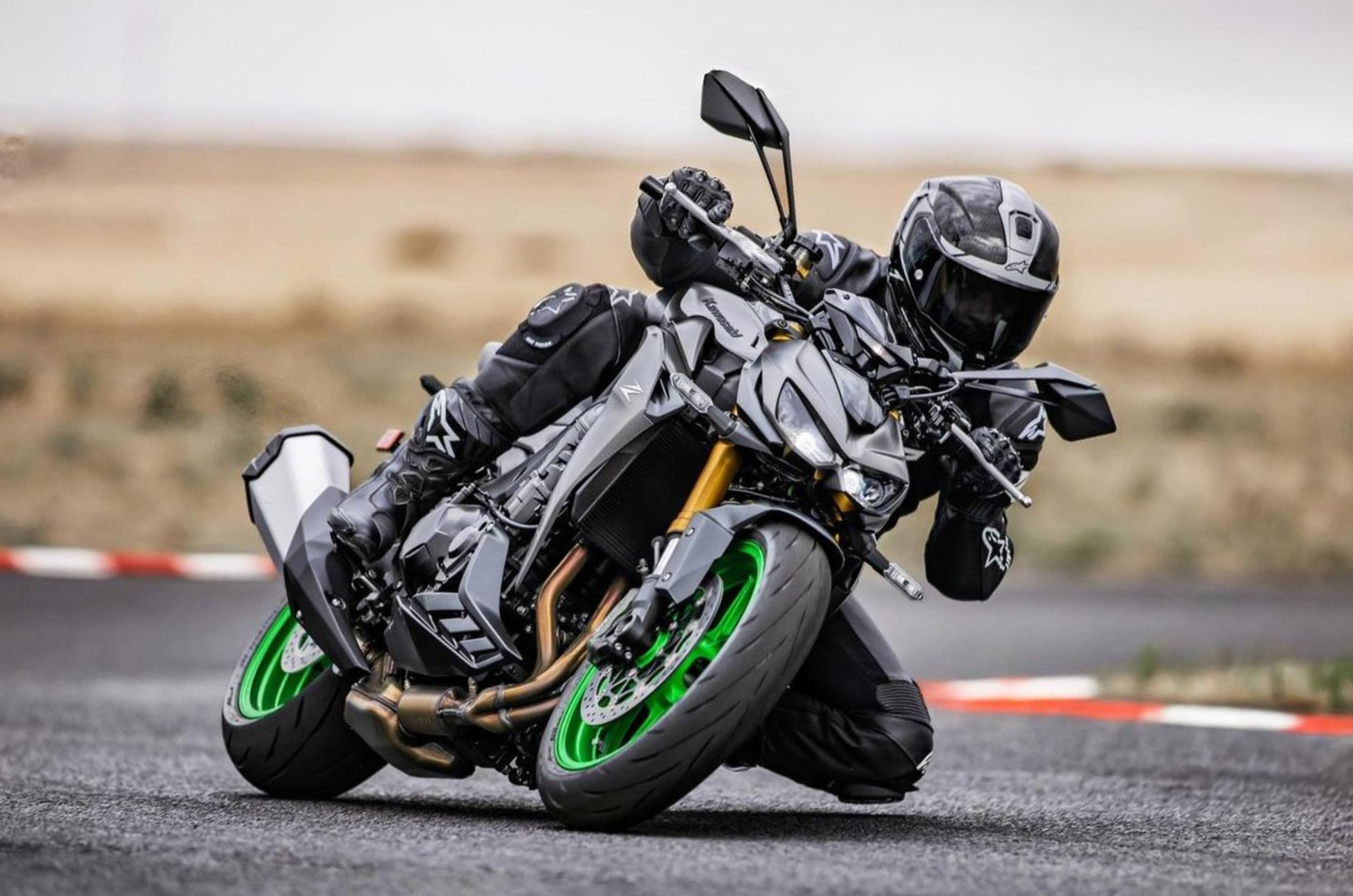भारत में कार खरीदार हाल ही में 22 सितंबर, 2025 को लागू की गई नई जीएसटी दरों के कारण कम कीमतों का आनंद ले रहे हैं। कार निर्माता अपने मॉडलों पर दिवाली 2025 ऑफर के कारण अक्टूबर में कार खरीदना और भी आकर्षक हो गया है। सभी खंडों में, बड़ी एसयूवी और एमपीवी जैसे मॉडल शामिल हैं किआ कैरेंस क्लैविस, टाटा हैरियर, महिंद्रा स्कॉर्पियो एन और XUV700 पर भी इस महीने भारी छूट मिल रही है। यहाँ विवरण हैं:
महिंद्रा मराज़ो
3 लाख रुपये तक की छूट
Mahindra Marazzo वर्तमान में Mahindra द्वारा पेश की जाने वाली एकमात्र MPV है। इसकी एक्स-शोरूम कीमत 14.06 लाख रुपये से 16.38 लाख रुपये के बीच है। दिवाली 2025 के त्योहार के दौरान इस एमपीवी पर 3 लाख रुपये तक का ऑफर मिल रहा है, जो इस त्योहारी सीजन में किसी भी मास-मार्केट मॉडल में सबसे ज्यादा है। Marazzo में 123hp, 1.5-लीटर डीजल इंजन मिलता है और यह तीन ट्रिम्स: M2, M4+ और M6+ में उपलब्ध है।
किआ कैरेंस क्लैविस
1.42 लाख रुपये तक की छूट
किआ कैरेंस क्लैविस दिवाली 2025 में 1.42 लाख रुपये तक के ऑफर मिलते हैं। यह तीन-पंक्ति एमपीवी 6 या 7 सीटों के साथ उपलब्ध है और इसे 8 ट्रिम्स में पेश किया जा रहा है: HTE, HTE (O), HTK, HTK+, HTK+ (O), HTX, HTX (O) और HTX+। यह या तो 115hp, 1.5-लीटर नैचुरली एस्पिरेटेड पेट्रोल इंजन, 160hp, 1.5-लीटर टर्बो-पेट्रोल इंजन या 116hp, 1.5-लीटर डीजल इंजन विकल्प द्वारा संचालित है। कैरेंस क्लैविस की एक्स-शोरूम कीमत 11.08 लाख रुपये से 20.71 लाख रुपये के बीच है।
मारुति इनविक्टो
1.40 लाख रुपये तक की छूट
इनविक्टो यह सबसे प्रीमियम मारुति एमपीवी है, जिसकी कीमत वर्तमान में 24.97 लाख रुपये से 28.70 लाख रुपये (एक्स-शोरूम) के बीच है। यह दो वेरिएंट में उपलब्ध है: ज़ेटा प्लस और अल्फा प्लस। टॉप-स्पेक अल्फा प्लस ट्रिम के ग्राहकों को 1.40 लाख रुपये तक का लाभ मिलेगा, जिसमें 25,000 रुपये की नकद छूट और 1.15 लाख रुपये तक का स्क्रैपेज बोनस शामिल है। एंट्री-लेवल ज़ेटा प्लस वैरिएंट पर नकद छूट नहीं दी जा रही है, बल्कि केवल स्क्रैपेज लाभ दिया जा रहा है। इनविक्टो 2-लीटर पेट्रोल-हाइब्रिड इंजन द्वारा संचालित है जिसका संयुक्त आउटपुट 189hp और 206Nm है।
किआ कैरेंस
83,200 रुपये तक की छूट
किआ कैरेंस एमपीवी, जो कि कैरेंस क्लैविस का प्री-फेसलिफ्ट संस्करण है, दिवाली 2025 के दौरान 83,200 रुपये तक की छूट के साथ उपलब्ध है। यह 116hp, 1.5-लीटर डीजल इंजन या 115hp, 1.5-लीटर नैचुरली एस्पिरेटेड पेट्रोल इंजन के साथ सिंगल प्रीमियम (O) ट्रिम में उपलब्ध है, दोनों को कैरेंस क्लैविस के साथ भी पेश किया जाता है। कैरेंस एमपीवी की एक्स-शोरूम कीमत 10.99 लाख रुपये से 12.77 लाख रुपये के बीच है।
टाटा हैरियर, सफारी
50,000 रुपये तक की छूट
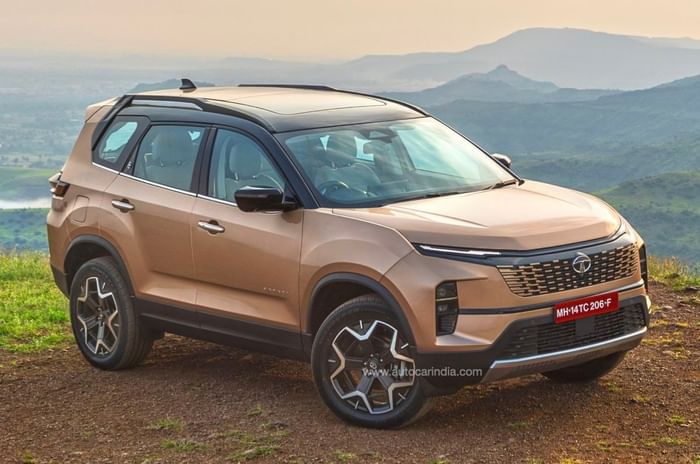
टाटा हैरियर और सफ़ारी दिवाली 2025 में डुओ 50,000 रुपये की राशि के ऑफर के साथ उपलब्ध हैं। इसमें 25,000 रुपये की नकद छूट और इतनी ही राशि का एक्सचेंज या स्क्रैपेज बोनस शामिल है। दोनों टाटा एसयूवी 170hp डीजल इंजन द्वारा संचालित हैं जो 6-स्पीड मैनुअल या 6-स्पीड टॉर्क कनवर्टर ऑटोमैटिक गियरबॉक्स के साथ जोड़ा गया है। टाटा हैरियर की एक्स-शोरूम कीमत 14 लाख रुपये से 25.35 लाख रुपये तक है, जबकि सफारी की कीमत 14.67 लाख रुपये से 25.96 लाख रुपये के बीच है।
महिंद्रा XUV700
50,000 रुपये तक की छूट
इस दिवाली 2025 में महिंद्रा XUV700 पर 50,000 रुपये तक का ऑफर मिल रहा है। इसकी एक्स-शोरूम कीमत 13.66 लाख रुपये से 23.71 लाख रुपये के बीच है, और यह 6 या 7 सीटों के विकल्प के साथ एक 3-पंक्ति एसयूवी है। इंजन विकल्पों में 200hp, 2-लीटर टर्बो-पेट्रोल इंजन और 185hp, 2.2-लीटर डीजल इंजन शामिल हैं। XUV700 पर FWD कॉन्फ़िगरेशन मानक है, जबकि डीजल-AT पावरट्रेन के साथ टॉप-स्पेक AX7 और AX7 L 7-सीटर ट्रिम्स में AWD सेटअप भी मिलता है।
महिंद्रा स्कॉर्पियो क्लासिक
50,000 रुपये तक की छूट
महिंद्रा स्कॉर्पियो क्लासिक भारत में यह लंबे समय से बिक्री पर है और इस महीने दिवाली के त्योहार के दौरान 50,000 रुपये तक की छूट दी जा रही है। महिंद्रा एसयूवी केवल दो वेरिएंट में उपलब्ध है: एस और एस11, दोनों में 6-स्पीड मैनुअल ट्रांसमिशन के साथ 132hp 2.2-लीटर डीजल इंजन मिलता है। स्कॉर्पियो क्लासिक की वर्तमान में एक्स-शोरूम कीमत 12.98 लाख रुपये से 16.70 लाख रुपये के बीच है।
महिंद्रा स्कॉर्पियो एन
40,000 रुपये तक की छूट
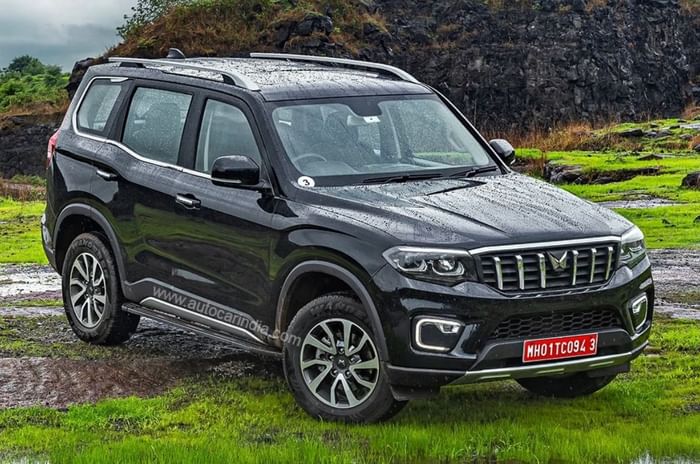
नया महिंद्रा स्कॉर्पियो एन दिवाली 2025 में थोड़ा कम ऑफर मिल रहा है, जिसकी कीमत 40,000 रुपये है। स्कॉर्पियो एन में 203hp 2-लीटर टर्बो-पेट्रोल इंजन और 175hp 2.2-लीटर डीजल इंजन के बीच एक विकल्प मिलता है, जिनमें से बाद वाला 4WD कॉन्फ़िगरेशन के साथ भी उपलब्ध है। महिंद्रा की इस एसयूवी की एक्स-शोरूम कीमत 13.20 लाख रुपये से शुरू होकर 24.17 लाख रुपये तक जाती है।
मारुति XL6
35,000 रुपये तक की छूट
मारुति XL6 103hp 1.5-लीटर नेचुरली एस्पिरेटेड पेट्रोल इंजन के साथ उपलब्ध है, जो 88hp CNG विकल्प के साथ भी उपलब्ध है। इस दिवाली 2025 में, पेट्रोल ट्रिम्स पर 25,000 रुपये के एक्सचेंज या स्क्रैपेज बोनस की पेशकश की जा रही है। समान बोनस के अलावा, सीएनजी वेरिएंट पर 10,000 रुपये की नकद छूट भी मिलती है। XL6 तीन वेरिएंट में उपलब्ध है: ज़ेटा, अल्फा और अल्फा प्लस। इनमें से केवल ज़ेटा ट्रिम ही सीएनजी विकल्प के साथ पेश किया जा रहा है। मारुति एमपीवी की एक्स-शोरूम कीमत 11.52 लाख रुपये से 14.48 लाख रुपये के बीच है।
सभी कीमतें एक्स-शोरूम, अखिल भारतीय हैं
Source link

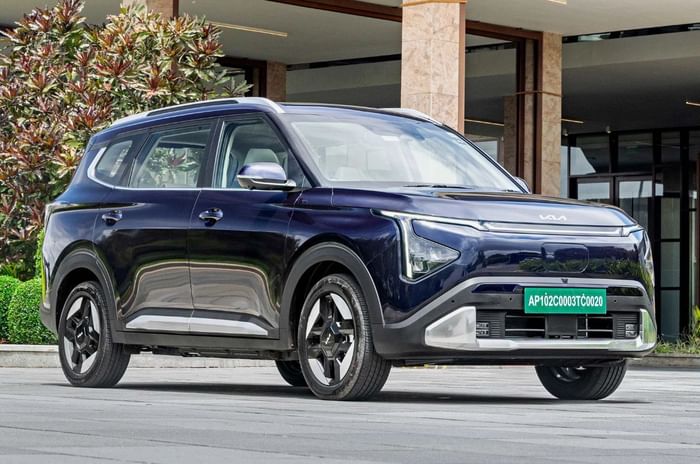









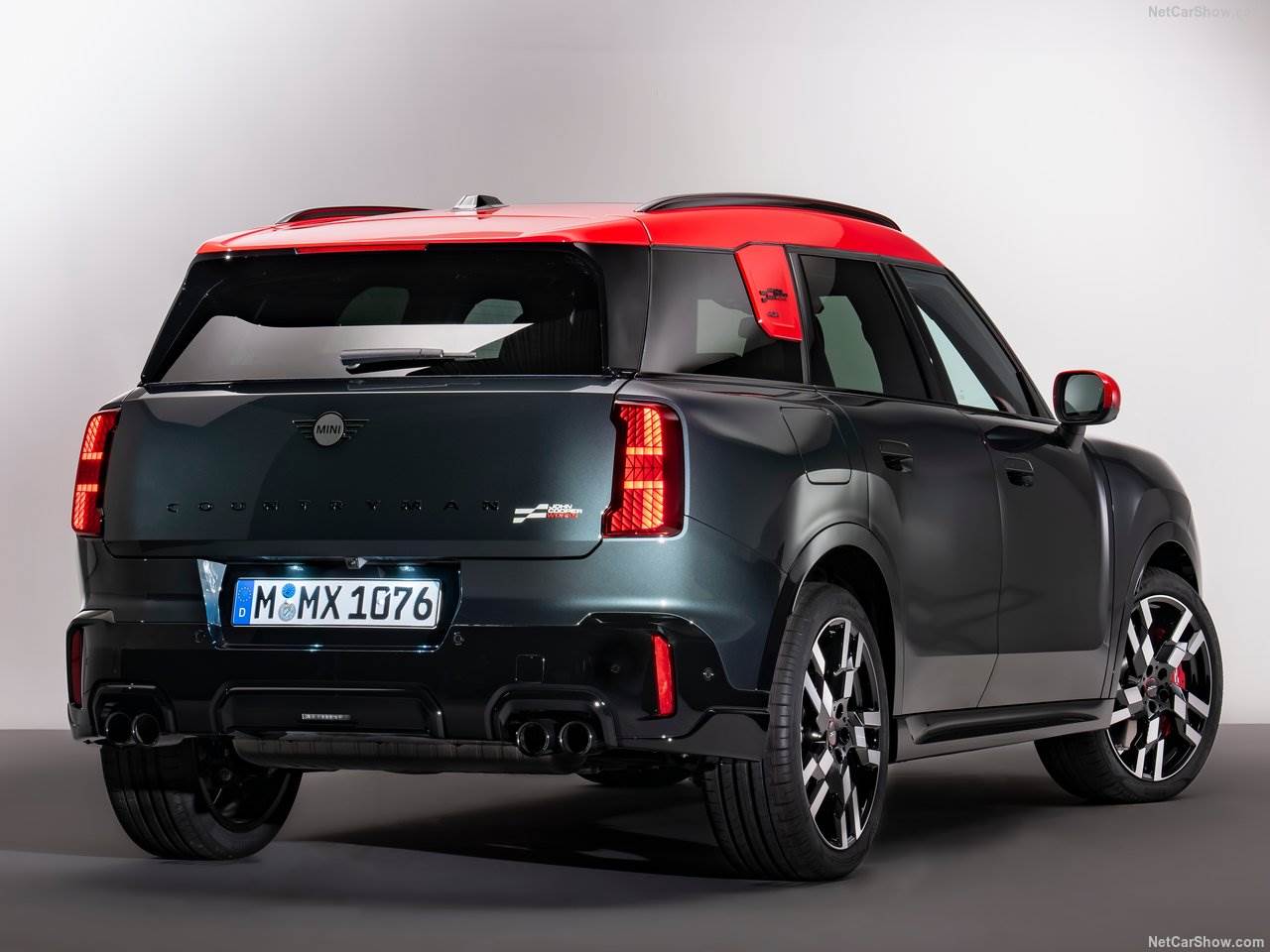


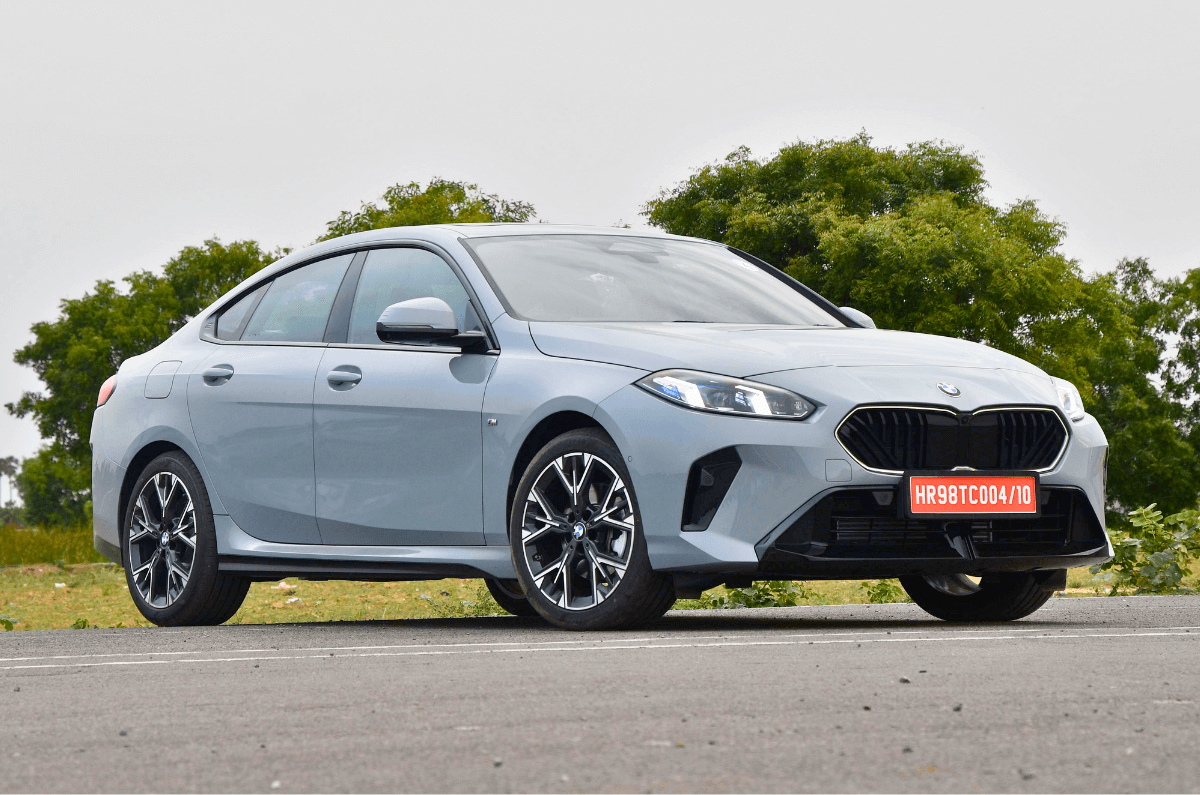
.jpg?w=700&c=0)
